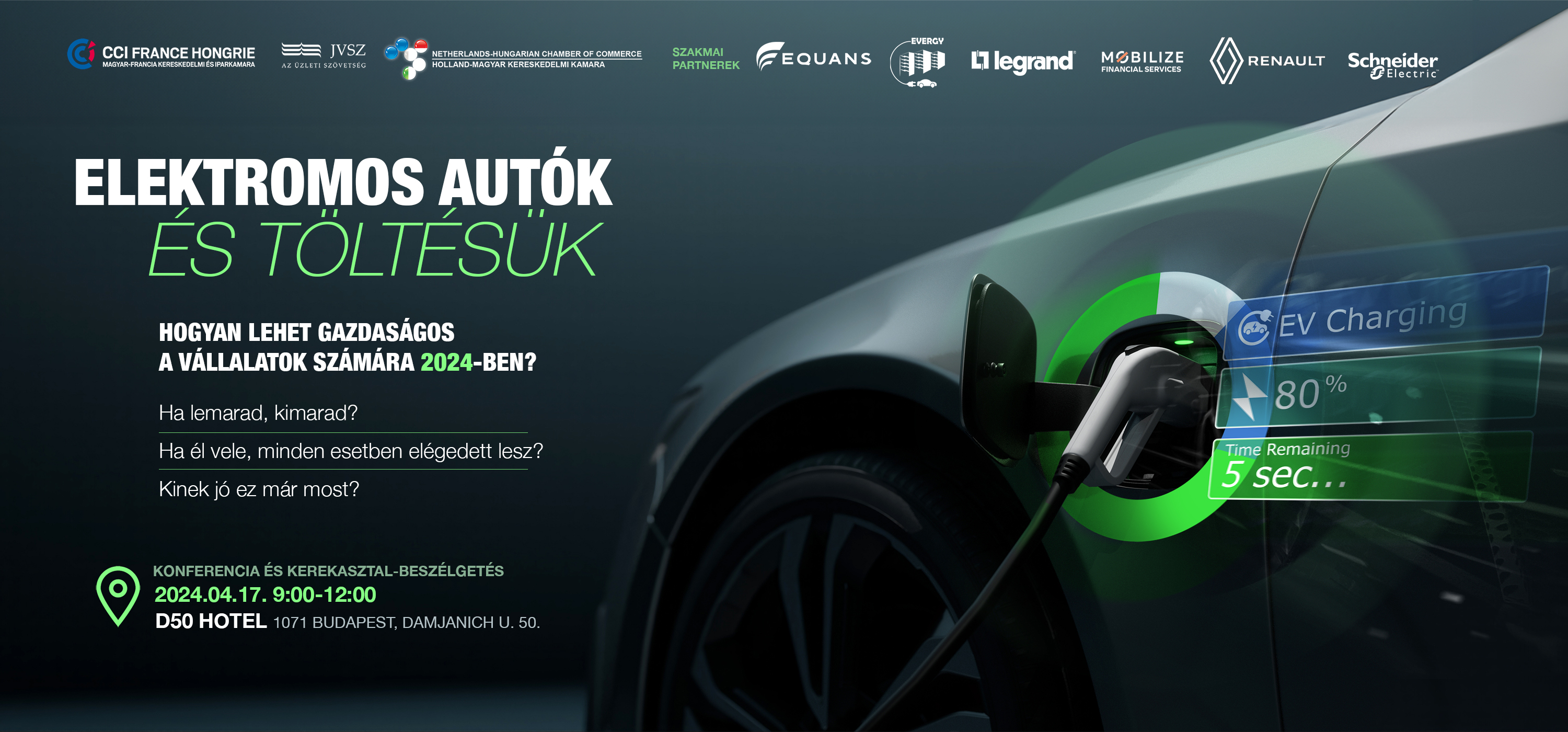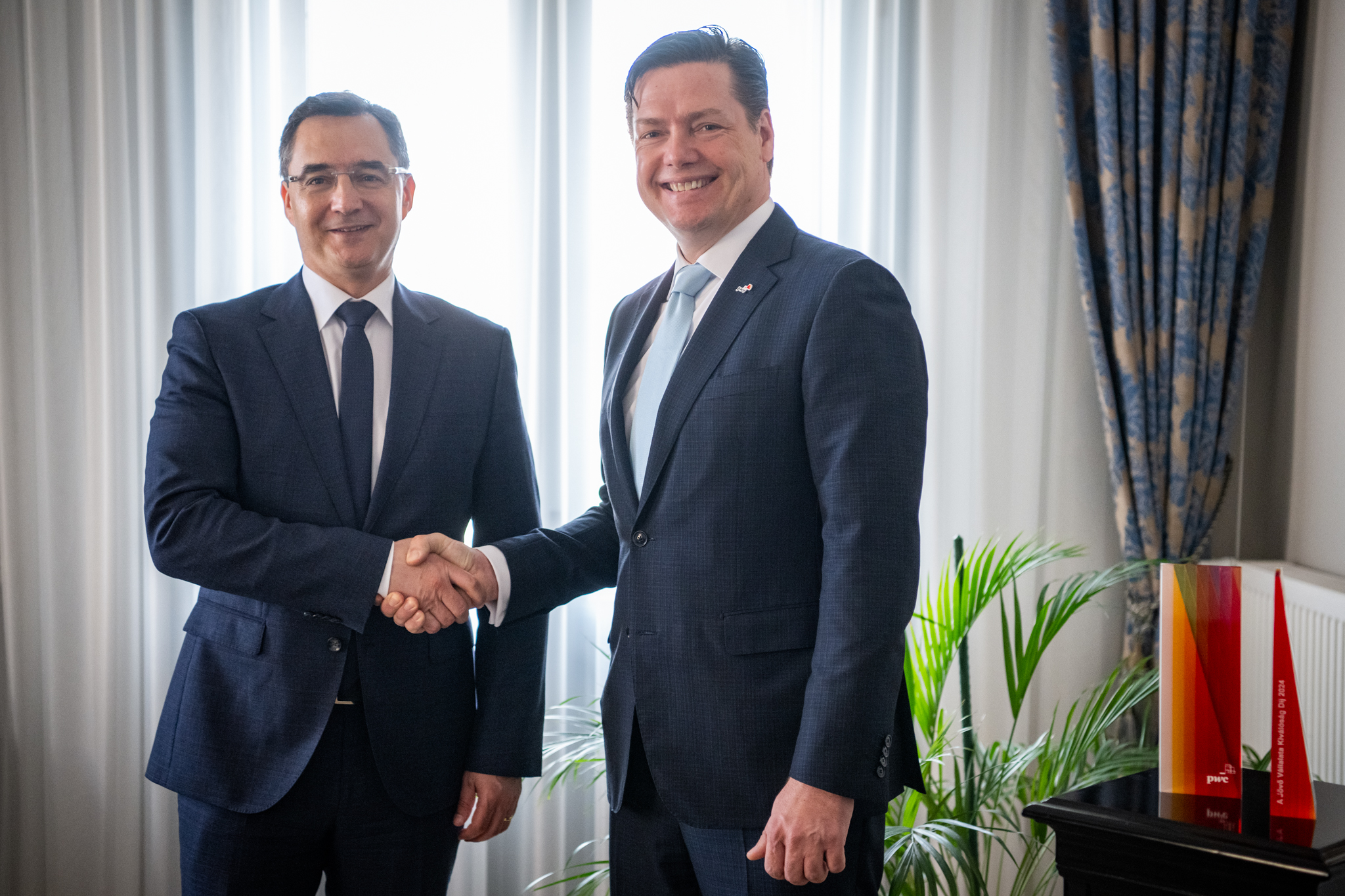Virtual reality - Hungarian innovation to change the world?

3D technology appears in most fields of everyday life, from film animations to medical solutions. Now the market is on the verge of a big boom with virtual reality solutions expected to become present in the average household. Leonar3Do, a cutting-edge 3D system developed for personal computers by Dániel Rátai and his team, might take a leading role in this boom. The young innovator, whose product attracted a HUF 400 million investment from PortfoLion in 2011, tells the BBJ how his childhood enthusiasm for technology turned into a promising business, and also shares his vision about how virtual reality will change to world.
Q: When you first went public in the media with Leo, you were a longhaired teenage programmer. Now you look more like a businessman. How did you take to your invention becoming a business?
A: Now I am OK with it. When the company kicked off, of course, I had some trying times, but one of the goals all along were to get the business to this stage, where I can devote myself to R&D but already have a proper infrastructure behind me.
Q: At Leonar3Do’s international debut in 2005, you won six awards at the Intel International Science and Engineering Fair, the international final of the national competitions in the United States. How were you able to take advantage of that spectacular success?
A: Such acknowledgements helped me a lot, gaining prestige in the science profession despite my young age, and later I could feel that my personal reputation had a reflection on the company. And, of course, it is always very nice to be appreciated, but these things are not the most important to me. The biggest euphoria for me is not to stand in the spotlight with my hands full of awards but to figure something out and see it working properly. For example, when our sensors could detect the position of the bird [Leonar3Do’s mouse, the tool used for drawing] for the first time, I was just standing and sweating with all my hair standing on end. Or when I created my first algorithm in 4D! It was amazing to come up with something and realize it by ordering a computer to make things that my brain could not graphically imagine.
CURRICULUM VITAE
Dániel Rátai, born in 1985 to a teacher mother and a journalist father, has been obsessed with the idea of drawing in 3D from his very early years. He had to wait until he turned 19 for his dream to come true: at that time, after graduating simultaneously from a high school in Poland and one in Hungary as a private student, he unveiled Leonar3Do, a 3D drawing system that first gained appreciation for the young innovator at Hungary’s 13th National Adolescent Science and Innovation Contest, and very soon after resulted in an international tour of success. Rátai starts every day by swimming in order to prepare for work that now alternates between business management and his all-time-passion, technology R&D.
Q: In the beginning, were you tempted to sell your innovation to a big company and for a large sum?
A: Several multinationals contacted us, and I am not saying that an acquisition was absolutely impossible. But the interesting thing in Leo’s virtual reality is that it is the integrated innovation of several different inventions, and these technologies appear in different market segments. Some wanted to get our positioning technology, while others were interested in our modeling algorithm, etc. We believe that these technologies, if kept together in one product, are of an exponentially increased value on the market.
Q: How could a teenage boy and his friends develop these things before companies who spend billions of dollars on R&D?
A: We were wacky enough, I suppose.
Q: What do you mean?
A: When I started to develop Leo, I did not even know that there was a thing called virtual reality. I was a high school kid and wanted to draw cars in 3D. That was my motivation. I kept thinking and then I managed to implement a solution practically from peanuts. Later, for example, when we visited the Vienna University of Technology, the guys showed us their virtual reality solution and were very proud that it was built for €1 million only instead of €2 million, or something like that. And then we put Leo onto the table. It was made of things like straws, Christmas lights and fence wires. But back to the multinationals. As I see it, many companies fail to establish an environment that really supports creativity, although it is necessary for innovation. If you have the feeling that you are not allowed to make mistakes, your imagination cannot be free enough.
Q: Leonar3Do is much cheaper than any similar products. What are its biggest innovations, technology-wise?
A: One of our competitors in Silicon Valley, for example, uses four cameras for the positioning of the drawing tool. We are able to solve this with three line sensors, which is a much simpler technology since it works with only one line of pixels whereas cameras have a network of pixels. Therefore we include far fewer electronics and, due to the lack of image processing, require much less memory. But these are just some of the reasons. The whole basic concept of the product differs from other virtual reality solutions.
Q: Does one need to have good drawing skills to create cool things with Leo?
A: As humans originally visualize things in 3D, I think Leo makes do with even less drawing skills since in this case you do not have to convert your ideas into 2D in order to put it onto a paper. There was a survey at the University of Fine Arts that showed that following 20 minutes of practice with Leo, people could create sculptures in 3-12 minutes. Even we ourselves were amazed by this data! But what is even more interesting is that artists nowadays are divided into two groups: there are those who use computers for everything and those who follow the traditional path and insist on using real materials without involving any computer technology in the process. Leo is able to create a bridge between the two groups, as those usually working with digital technologies can start using their hands for traditional shaping, while those who previously refused to use computers can carry on shaping things with their hands but finally can also benefit from the digital environment, which enables them to modify and save the work as many times as they want or to symmetrically enlarge things, for example. Leo has several functions that exceed the human brain or skills.
Q: At the same time, using such technology also contributes to the deterioration of some human skills.
A: Of course, but this is happening anyway, and happens in both directions. If I had to light a fire in the forest with a piece of wood and stone, I would probably fail. But, at the same time, I have the skill to get any kind of information in a minute through my mobile phone. When it comes to 3D, a chimpanzee has much better spatial visualization skills than a human, as it has to sense plenty of branches, otherwise it would fall off the tree. As they say, visualization played a major part in the development of the central nervous system. If it is really of that much significance, then the liberalization of our spatial visualization, which our culture has pushed into 2D through drawings and letters, could bring a development of as yet unforeseeable proportions.
Q: Do you and the company have any ultimate goals?
A: We created this company to make 3D culture and its effective tool, virtual reality, available to the widest audience. As yet we are too small to reach this final goal, but we are already on the way to secure extra resources and build up a contact network that enables us to sell Leo to a wide range of professional fields.
Q: How big a business potential do you see in it?
A: As we are only at the beginning of a long road, and also because it was required by our investors to do it this way, our business plan is very consolidated at the moment, but it is quite promising, even so. However, the real potential appears – and enormous business value might result – if 3D technology indeed does become as common as we plan. Luckily, it seems that we are quite popular in Silicon Valley and more and more doors open in front of us. So hopefully we can get anywhere.
Q: Is it important for you to keep the company Hungarian-owned in the long run?
A: This is a tough question. If we insist on keeping it in Hungarian hands, the company might not be able to take advantage of all of its potential. At the same time, it is definitely an aim to make Leo a Hungarian success story, not only in goodwill value but also financially. But the most important thing is to make it a story of success at all in the first place. So I would rather say that this company will never go to someone who, after the acquisition, would send the technology to sleep because this is in their best business interest. This technology might, indeed, have a great impact on the world, so the most important thing is to make it work. Anyway, over the long-term it is also a question whether to divide the company or keep all the functions together. As I see it at the moment, there are plenty of possible scenarios, and the business angle of this story might become as much an innovation as its technological content.
SUPPORT THE BUDAPEST BUSINESS JOURNAL
Producing journalism that is worthy of the name is a costly business. For 27 years, the publishers, editors and reporters of the Budapest Business Journal have striven to bring you business news that works, information that you can trust, that is factual, accurate and presented without fear or favor.
Newspaper organizations across the globe have struggled to find a business model that allows them to continue to excel, without compromising their ability to perform. Most recently, some have experimented with the idea of involving their most important stakeholders, their readers.
We would like to offer that same opportunity to our readers. We would like to invite you to help us deliver the quality business journalism you require. Hit our Support the BBJ button and you can choose the how much and how often you send us your contributions.







